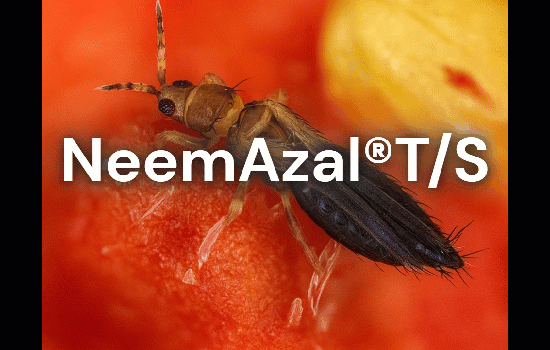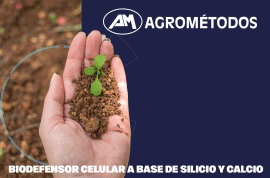Las cubiertas vegetales proporcionan alimento y refugio para los enemigos naturales, pero son pocos los estudios que analizan en detalle la artropofauna que se asocia a ellas. En el control biológico por conservación, es importante considerar que algunos fitófagos presentes en las cubiertas podrían ser potencialmente dañinos para el cultivo principal. Un estudio reciente llevado a cabo en la Comunidad Valenciana durante los años 2022 y 2023 ha analizado la red trófica de artrópodos en cubiertas vegetales instauradas en parcelas de cítricos, identificando específicamente la comunidad de trips en dos tipos de cubiertas: una dominada por la gramínea Festuca arundinacea (Poaceae) y otra con la presencia de diversas especies florales. Los resultados preliminares muestran que estas plantas no hospedan trips que sean plagas de cítricos, pero albergan una gran diversidad de especies de trips que podrían tener un papel relevante en las cadenas tróficas del cultivo.
Cover crops provide food and shelter for natural enemies, but few studies have analysed in detail the arthropod fauna associated with them. In conservation biological control, it is important to consider that some phytophagous species present in the cover crops could potentially be pests of the main crop. A recent study conducted in the Valencian Community during 2022 and 2023 analysed the trophic network of arthropods in vegetative cover crops established in citrus orchards, specifically identifying the thrips community in two types of cover crops: one dominated by the grass Festuca arundinacea (Poaceae) and another featuring a variety of flowering species. Preliminary results show that these plants do not host thrips that are pests of citrus, but they do harbour a high diversity and abundance of thrips that could play an important role in the crop’s trophic web.














